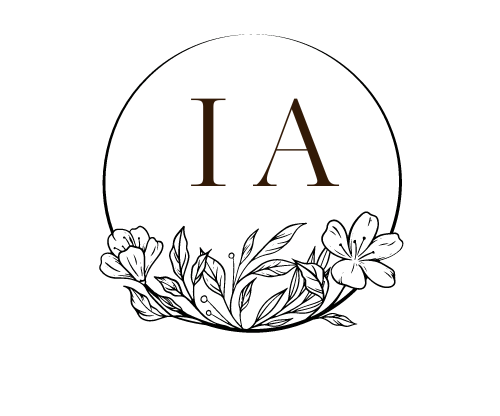Installing Coir Logs for Sustainable Riverbank Management
Riverbanks are vital ecosystems that support a wide array of plant and animal life while providing numerous ecological services. However, they are susceptible to erosion, which can lead to habitat degradation, water pollution, and even threaten adjacent infrastructure. To address this issue sustainably, the installation of coir logs has become a popular and effective approach for riverbank management.
Coir logs, crafted from coconut fibers, offer an eco-friendly alternative to traditional erosion control methods. When installing coir logs for riverbank management, several key steps are involved:
1. Site Assessment: The first step is a thorough assessment of the riverbank’s condition. Factors such as erosion severity, water flow patterns, and the presence of existing vegetation are considered. Understanding the site’s characteristics helps determine the appropriate placement and spacing of Coir logs.
2. Preparation: Before installation, any invasive plant species or non-native vegetation that could hinder the growth of native species must be removed. The riverbank surface should also be graded and prepared to create a stable foundation for the coir logs.
3. Coir Log Placement: Coir logs are then laid horizontally along the riverbank at the base of the slope. They are anchored securely to prevent displacement during heavy water flow. The logs can be stacked if necessary, creating a terraced effect that enhances erosion control.
4. Vegetation Integration: To further reinforce the riverbank and restore the ecosystem, native plant species are introduced into the coir logs. Seeds, cuttings, or live plants are placed within the log’s structure, allowing their roots to intertwine with the coir fibers. This process promotes vegetation growth and enhances stability.
5. Monitoring and Maintenance: After installation, it is crucial to monitor the site regularly to ensure the coir logs are functioning effectively. Any signs of erosion or potential issues should be addressed promptly. Maintenance may involve adding more plants, reinforcing logs, or adjusting installation techniques based on site-specific needs.
The use of coir logs for riverbank management offers numerous advantages. These natural materials are biodegradable, which means they eventually break down, releasing valuable nutrients into the soil and supporting plant growth. Coir logs also act as a sediment trap, reducing the amount of silt and pollutants that enter the river, leading to improved water quality.
In conclusion, installing coir logs for sustainable riverbank management provides an environmentally friendly solution to address erosion, protect river ecosystems, and enhance water quality. By employing this eco-conscious approach, we can ensure the longevity and resilience of our riverbanks while preserving the diverse habitats they support.




